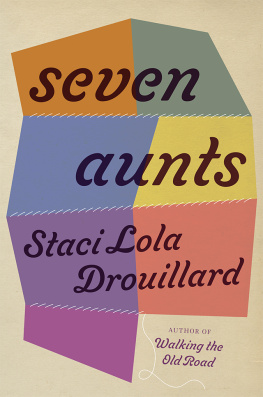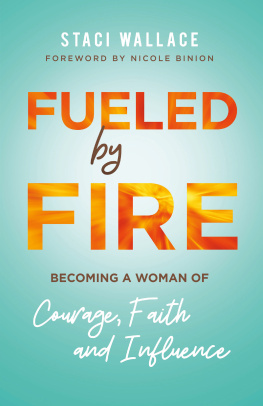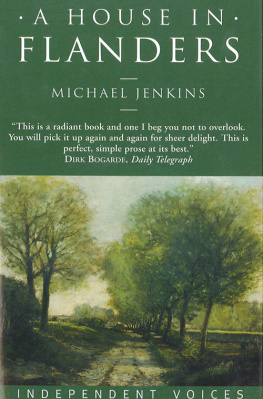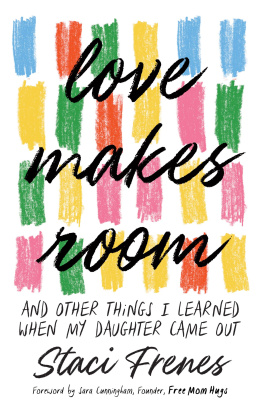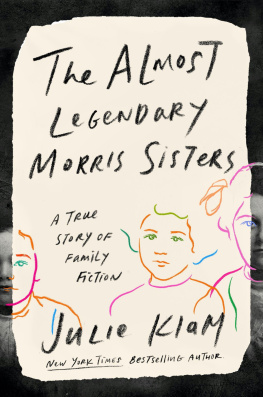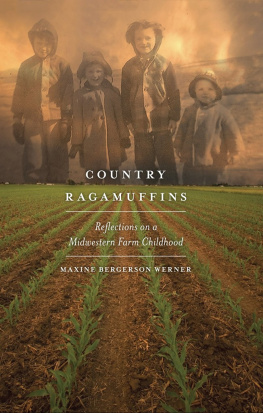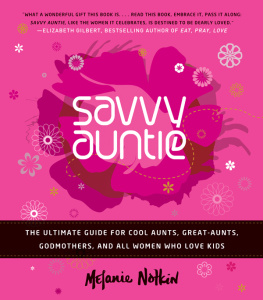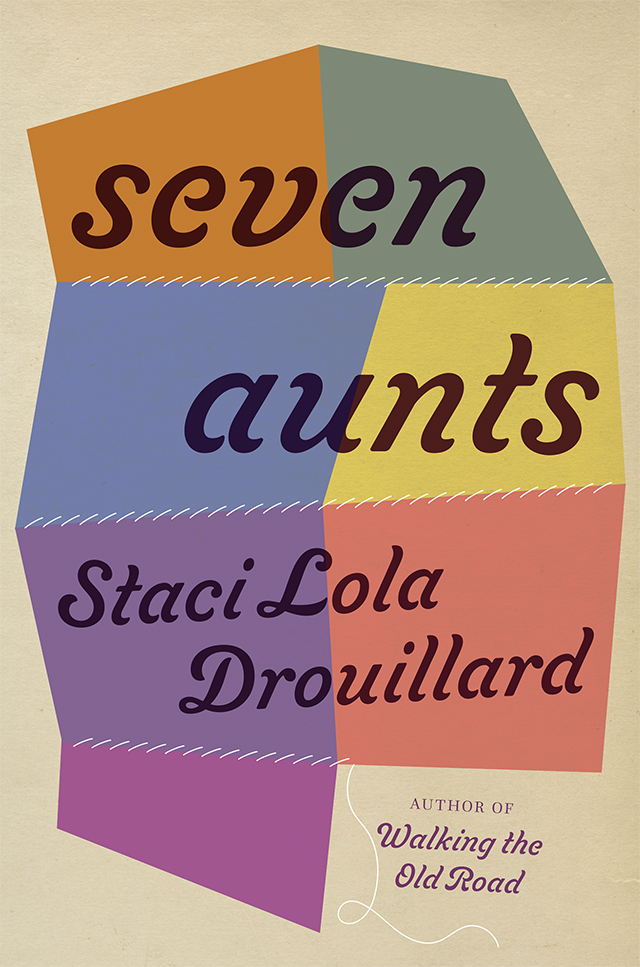
Seven Aunts
Also by Staci Lola Drouillard
Published by the University of Minnesota Press
Walking the Old Road: A Peoples History of Chippewa City and the Grand Marais Anishinaabe
Seven Aunts
Staci Lola Drouillard

University of Minnesota Press
Minneapolis
London
The photograph of Joyce Drouillard on page v is from the author.
Copyright 2022 by Staci Lola Drouillard
All rights reserved. No part of this publication may be reproduced, stored in a retrieval system, or transmitted, in any form or by any means, electronic, mechanical, photocopying, recording, or otherwise, without the prior written permission of the publisher.
Published by the University of Minnesota Press
111 Third Avenue South, Suite 290
Minneapolis, MN 55401-2520
http://www.upress.umn.edu
ISBN 978-1-4529-6771-4 (ebook)
Library of Congress record available at https://lccn.loc.gov/2021062308.
The University of Minnesota is an equal-opportunity educator and employer.
For my mother,
Joyce Alice Burge Drouillard,
who taught us how to swim
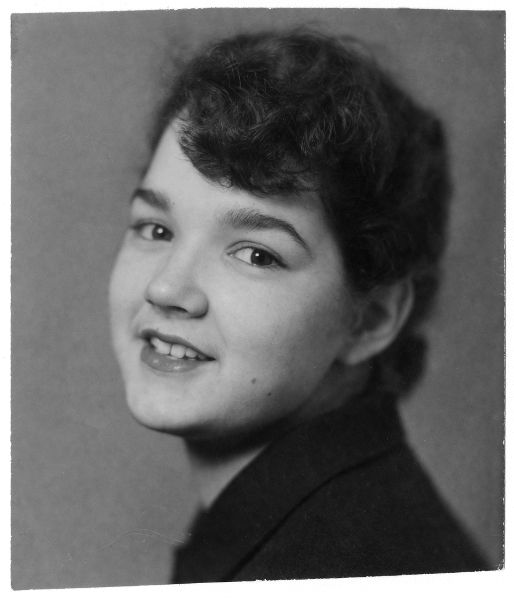
Contents
My Aunties
Ive spent a lot of time feeling invisible. In school, knowing the answer to a question but too afraid to raise my hand. Being profiled as a shy girl, a tall girl, a chubby girl, a girl who always has her nose in a book, a person who doesnt quite fit into a neatly shaped box. As an adult Ive felt ignored at important meetings, been talked over by others, and carelessly overlookedas if I werent standing inside the room at all. I know that a lot of people can relate to feeling dismissed or invisible, which is a complicated state of being. And I know some might say this perception is somehow our fault, or that it originates inside us or is something we put on, like a camouflage coat. But in truth, women, people of color, those who live in poverty, people who identify as gender nonbinary, and nonconformists of all shapes and sizes know very well when we are being discounted. This prompts the question: why are some peoples lives and histories held up like shining stars, while other peoples lives and histories are kept in the dark, like an amaryllis bulb wintered away in a pot of dirt and deprived of sunlight?
This book is about the hidden lives of women. Those who rarely speak out of turn and those who shout their truths to the sky, even though no one is paying attention. The women who will never grace the cover of a magazine because of a scar they have carried with them since they were a baby or because they pulled out all their own eyelashes, as the case may be. These are the women who will never have a street or road named after them, like I wish each of my aunties had. If I had my choice there would be Fayes Way, Lila Lane, Doreen Drive, Gloria Boulevard, the Betty Memorial Highway, Carol Cove, and the Diane Scenic Byway. Because the truth is that our grandmothers, mothers, and aunties have all committed great acts of heroism, devotion, and self-sacrifice so that the people they love might have a chance at being seen one day. And, like the lives of these women, the collective hurts that accompany their lived experiences are many, which, like the women themselves, are often hidden in plain sight. If I am being completely honest, some of my aunts were invisible even to me, until I started collecting stories and writing about their lives. But when you begin to see, there is no way to unsee. Its all there in Technicolor. If my seven aunties were part of a quilt, they would be unusually shaped patches, boast a diversity of patterns, and be bound together with multiple colors of thread. This quilt would have bloodstains on it, from childbirth and the pain of dying. It would have dirt ground into it, from being dragged through the farm fields of Warba in northern Minnesota, and tattered rips in the fabric, from being caught on the scratchy branches of a black spruce tree on the North Shore of Lake Superior. There would be watermarks from an ocean of salty tears, and embroidered flowers in brightly colored flosssunflowers, pussy willows, marsh marigolds, and thorny, wild roses.
To honor these women, I am shouting out, stitching together, reciting, rhyming, quietly stirring, and at times delicately whispering these real stories about seven women who matter a lot. The truth is that without each of them our extended family would have crumbled into pieces, like a cake made without eggs. It is also true that without each other, their shared lives as sisters, wives, and mothers would have been much mightier struggles than they already were. The things all these women share in common with girls born into large, impoverished, midwestern families are the things they carry with them, far beyond the edge of the woods and many, many miles past the nearest neighbors fields. Their identity as girlsand later as wives, mothers, aunties, and grandmothersplaces them as heroines at the center of the world stage, in a society that tries persistently to keep them hidden away in the wings. And so, this book is a testament to an extended family of culturally overlooked women who were born between the Great Depression and the start of World War II. Its the story of women and girls from a long time ago, and the story of girls and women today. It feels good to make them the shining stars of the show because thats how I imagine all of them.
On these seven roadways named for seven aunties are a multitude of houses. Some are single-family units tucked inside low-income apartment buildings and some are big isolated farmhouses with horses and three-legged German shepherds. My seven aunties all set up housekeeping in a number of placesfrom Weyauwega and Milwaukee in east central Wisconsin, to the northern Minnesota towns of Warba, Skunk Hollow, Taconite Harbor, Duluth, and Grand Marais. Some of them moved very far away for a time, and many of them tried to fit into the big cities of Minneapolis, St. Paul, and Chicago. In the end, all of them eventually came back home to the North Shore of Lake Superior.
My aunt Lila once told me that she loved me no matter what. I write about each of my seven aunties with this kind of unconditional love in my heart, just like Aunt Lila taught me to do. All seven of my aunties belong to me unconditionally, and I to them. Each womans story is vital to tellnot because they were famous astronauts, inventors, politicians, or war heroes, but because they had the courage to live in this world at all. And that, for me, is enough.
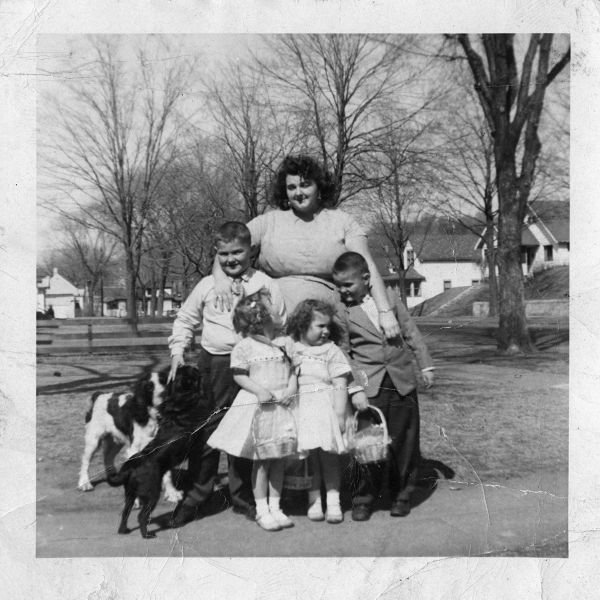
I like to imagine that my aunties stories are like separate rooms inside two different houses. There are seven rooms for seven auntsfour on my mothers side and three on my dads. Each of my aunties rooms has at least one door, and they all have windows to let the light in. Some rooms are filled with collectiblesceramic chickens, flowered English teacups, picture frames made from quills and birchbark. Some have hidden closets, or stairs leading to places youve never been before. If these rooms represent the stories of our relatives, then the houses that shelter them contain the collective histories of our extended families. These are the really old parts of each building that contain the foundational elements of our families. Some of these houses are sturdily built, support many levels, and can accommodate a multitude of rooms in every shape and size. Some houses are shoddily built, with leaky roofs, cracked foundations, and squeaky staircases. The condition and longevity of these symbolic homes have very little to do with financial wealth and everything to do with how well the rooms and living spaces are maintained and cared for as time passes from one generation to the next. Because once the carpenter ants or dry rot sets in, its much too late to save whats left of the house.
Next page
